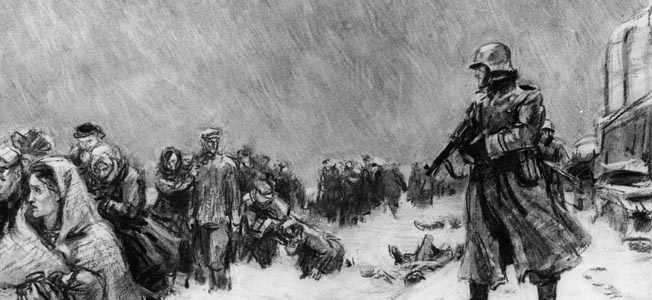
Axis
Dementi Shmarinov: Tracings of Barbarossa
By Kevin M. HymelOperation Barbarossa, the German invasion of the Soviet Union in June 1941, showed the world the extent of Nazi brutality. Read more

Axis
Operation Barbarossa, the German invasion of the Soviet Union in June 1941, showed the world the extent of Nazi brutality. Read more
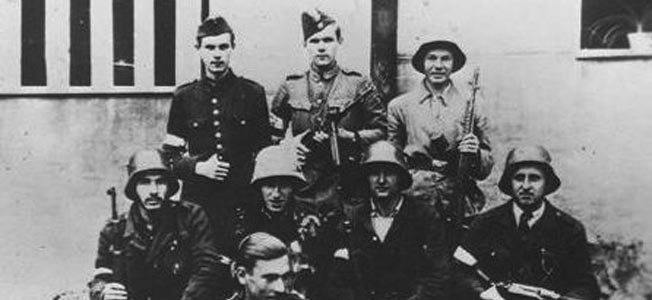
Axis
Julian Kulski was only ten years old when he was introduced to war. As he hunted for mushrooms near Warsaw, Poland, he was struck by the unmistakable buzz of the German blitzkrieg:
“… we heard the sound of engines. Read more
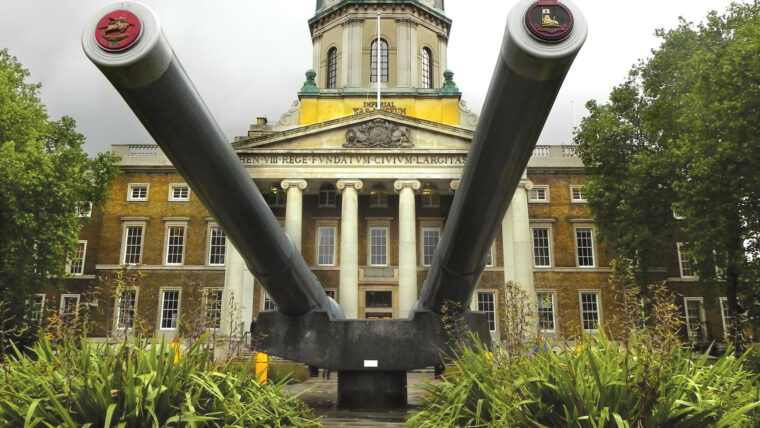
Axis
Although Britain has a number of war museums, the Imperial War Museum (IWM) is acknowledged as the Holy Grail of them all—the one you must visit when in London. Read more
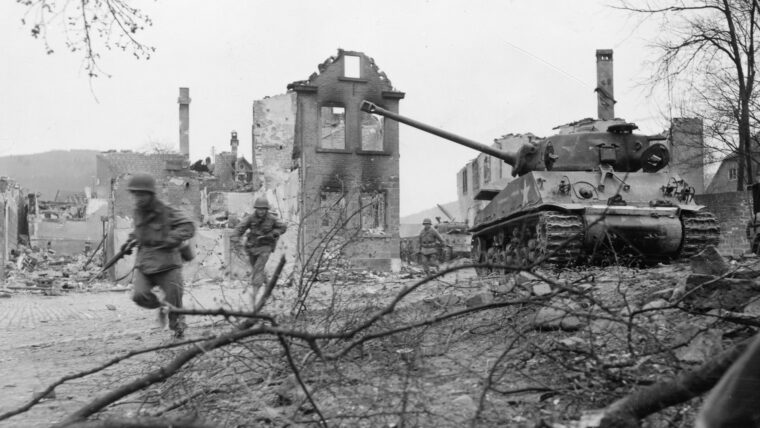
Axis
On January 17, 1945, as Allied forces prepared to descend on Germany itself and put an end to the war in Europe, an American tank battalion disappeared. Read more
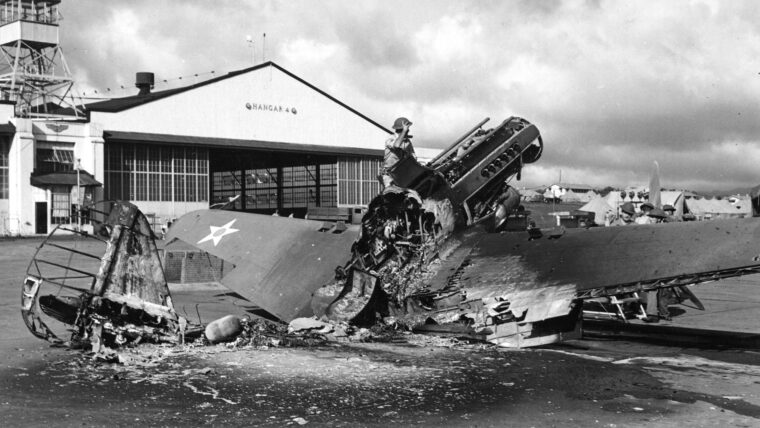
Axis
At about 8 am on the morning of December 7, 1941, I stood on the third-floor deck of a red brick barracks that looked across the Schofield Barracks golf course toward the infantry barracks that housed much of the U.S. Read more
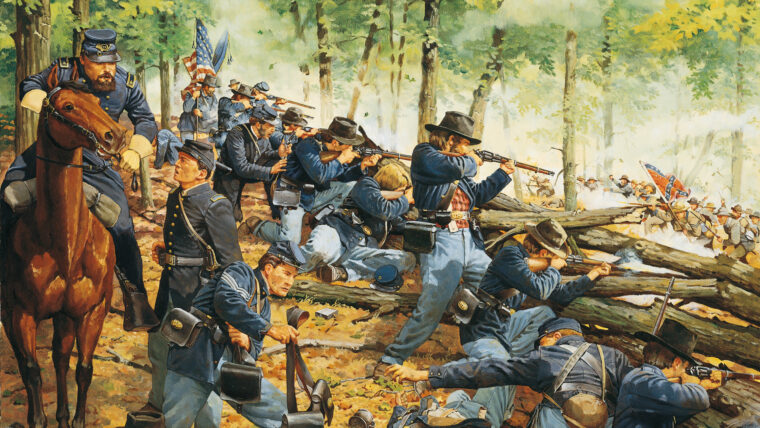
Axis
It was nearly 11 on the morning of September 20, 1863, and the woods around slow-moving Chickamauga Creek in northwest Georgia were ominously quiet. Read more
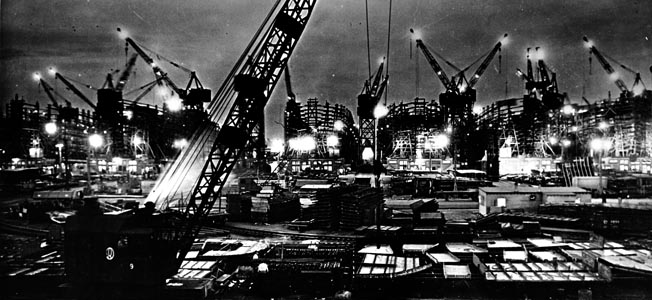
Axis
“We won because we smothered the enemy in an avalanche of production, the like of which he had never seen, nor dreamed possible.” Read more
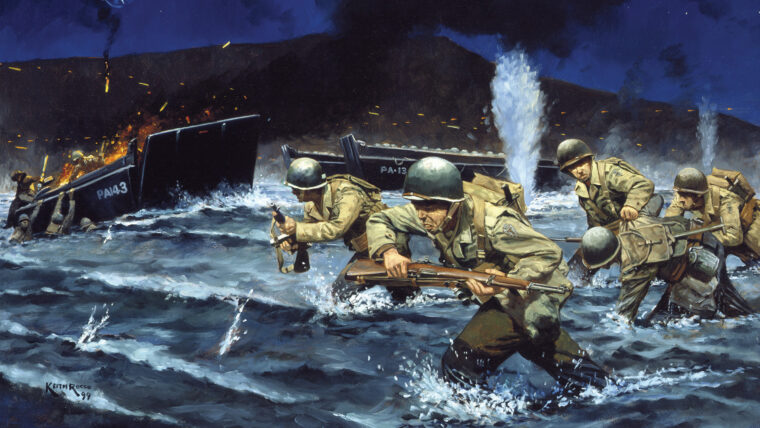
Axis
On the morning of September 13, 1943, Col. Gen. Heinrich G. von Vietinghoff, commander of the German Tenth Army, faced a difficult decision. Read more
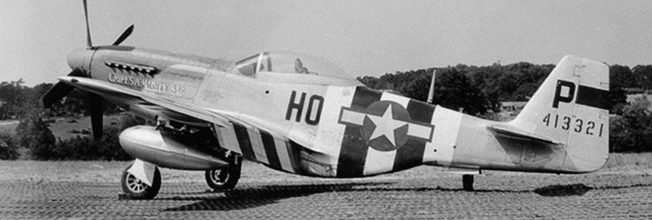
Axis
The following is an account of Captain Jerry Yellin, who flew the last combat mission of WWII on the morning of August 15, 1945, out of Iwo Jima. Read more
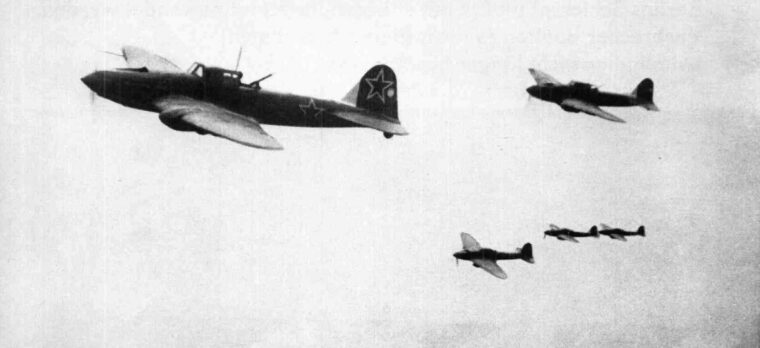
Axis
Vasily Emelianenko led an Ilyushin Il-2 Sturmovik, or “Storm Bird,” flight in late June 1942 against a German-held airfield near Artemovsk in eastern Ukraine, flying low up a deep ravine to avoid detection. Read more

Axis
Darrell “Shifty” Powers was a soft-spoken machinist who never aspired to greatness. He was born, grew up, got married, raised his family, worked, retired, and died in Clinchco, a remote mining town in southwest Virginia. Read more
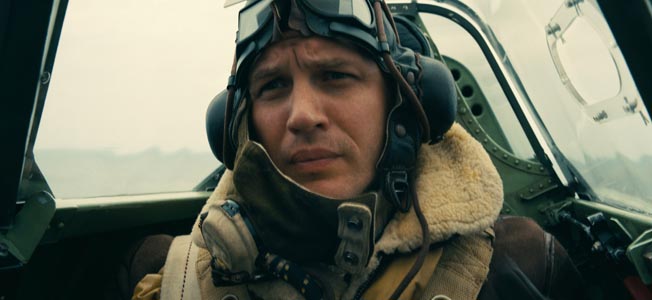
Axis
Dunkirk, Christopher Nolan’s latest film, has wowed critics since it hit theaters in the U.S. last week, and for good reason. Read more
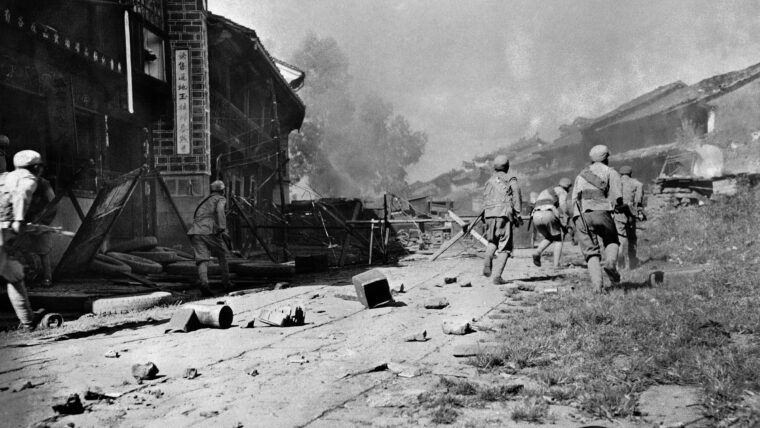
Axis
After launching an invasion of Burma (today Myanmar) not long after Pearl Harbor, the Imperial Japanese Army went on to overrun much of China by May 1942 and closed the Burma Road—the vital, 717-mile-long mountain highway built in 1937-1938 that ran from Kunming in southern China to the Burmese border. Read more
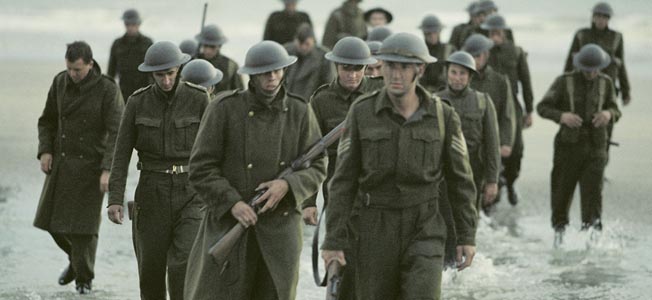
Axis
This week, two Dunkirks will make their debut. The first is the much-anticipated Christopher Nolan film, a two-hour long Hollywood blockbuster set to take theaters by storm as a new take on the war epic genre. Read more
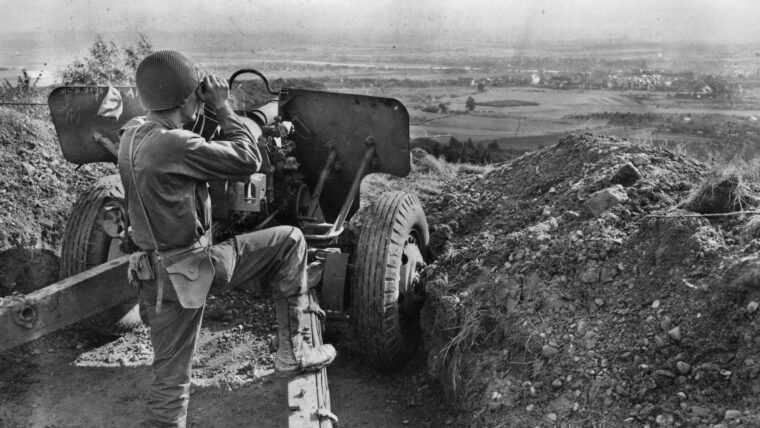
Axis
In his autobiography, War As I Knew It, Lieutenant General Patton set the tone for what was to become one of his Third U.S. Read more
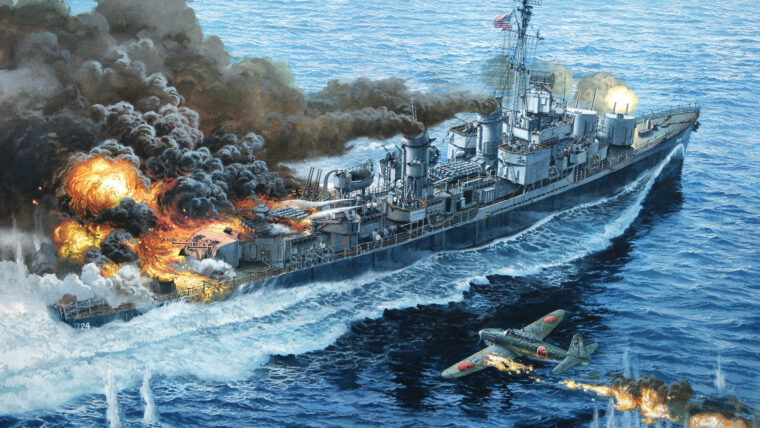
Axis
Two warships have been named in honor of Seaman Bartlett Laffey, a Civil War Medal of Honor recipient. Read more
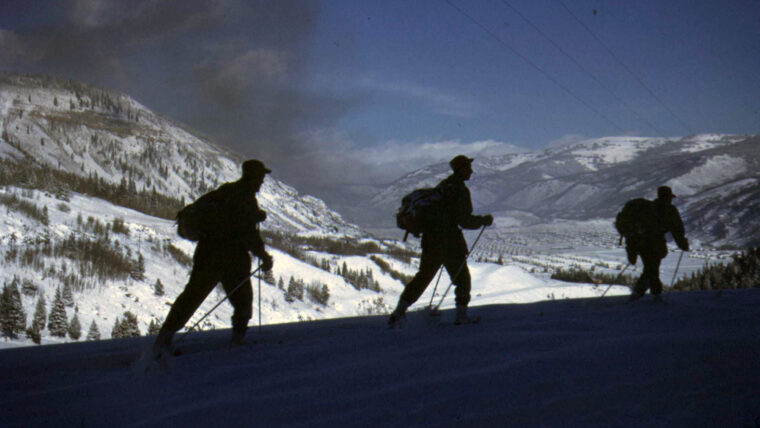
Axis
I was born in Los Angeles in 1924 and attended local schools. In high school I enrolled in ROTC and, when I could, I went skiing for fun. Read more
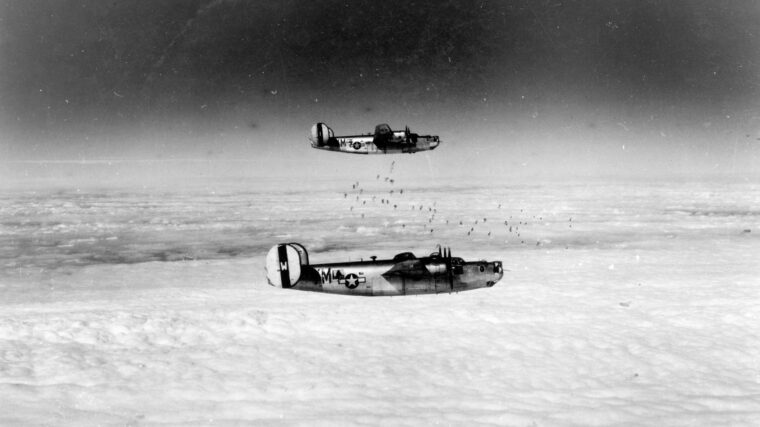
Axis
Every February 11, Rouxmesnil-Bouteilles, a tiny town in Upper Normandy situated north of the Seine River a short distance inland from the coastal city of Dieppe and some two hours from the D-Day invasion beaches, pays homage to 10 American airmen who crashed into the town center, narrowly missing the local children assembled in their schoolhouse just a few yards away. Read more
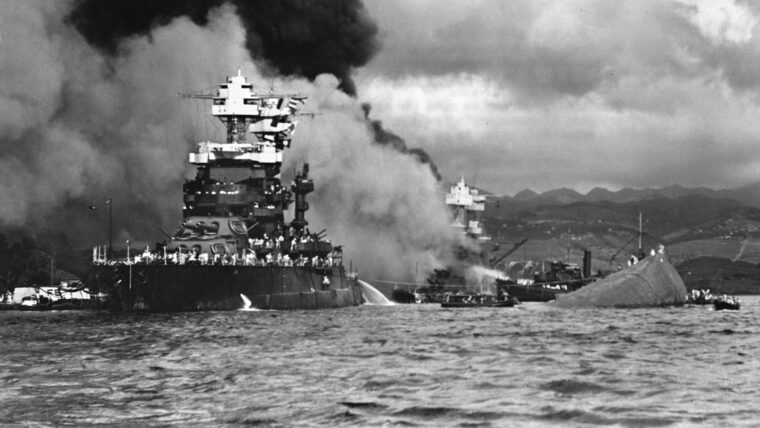
Axis
Commander Mitsuo Fuchida, strike leader for Operation Hawaii and 20-year veteran of the Imperial Japanese Navy (Kaigun), strapped himself into the observer’s seat as his Nakajima B5N2 “Kate” torpedo bomber, piloted by Lieutenant Mitsuo Matsuzaki, and lifted off from the carrier Akagi on the black morning of December 7, 1941. Read more
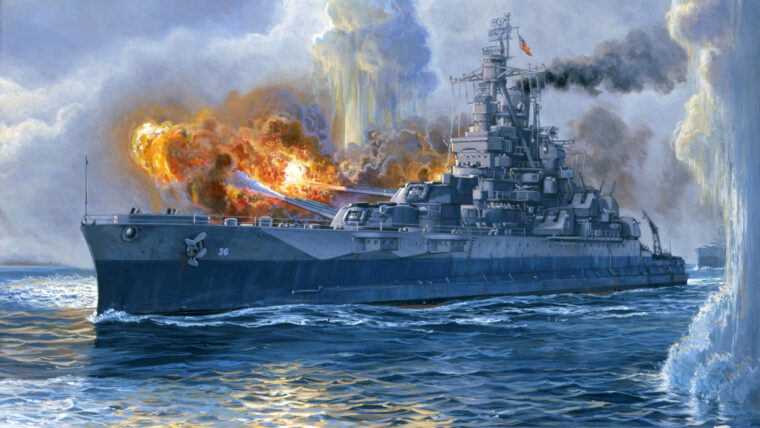
Axis
I am of Polish, Irish, and American Indian descent and grew up in the small (population 3,800) northern Illinois town of Geneva. Read more